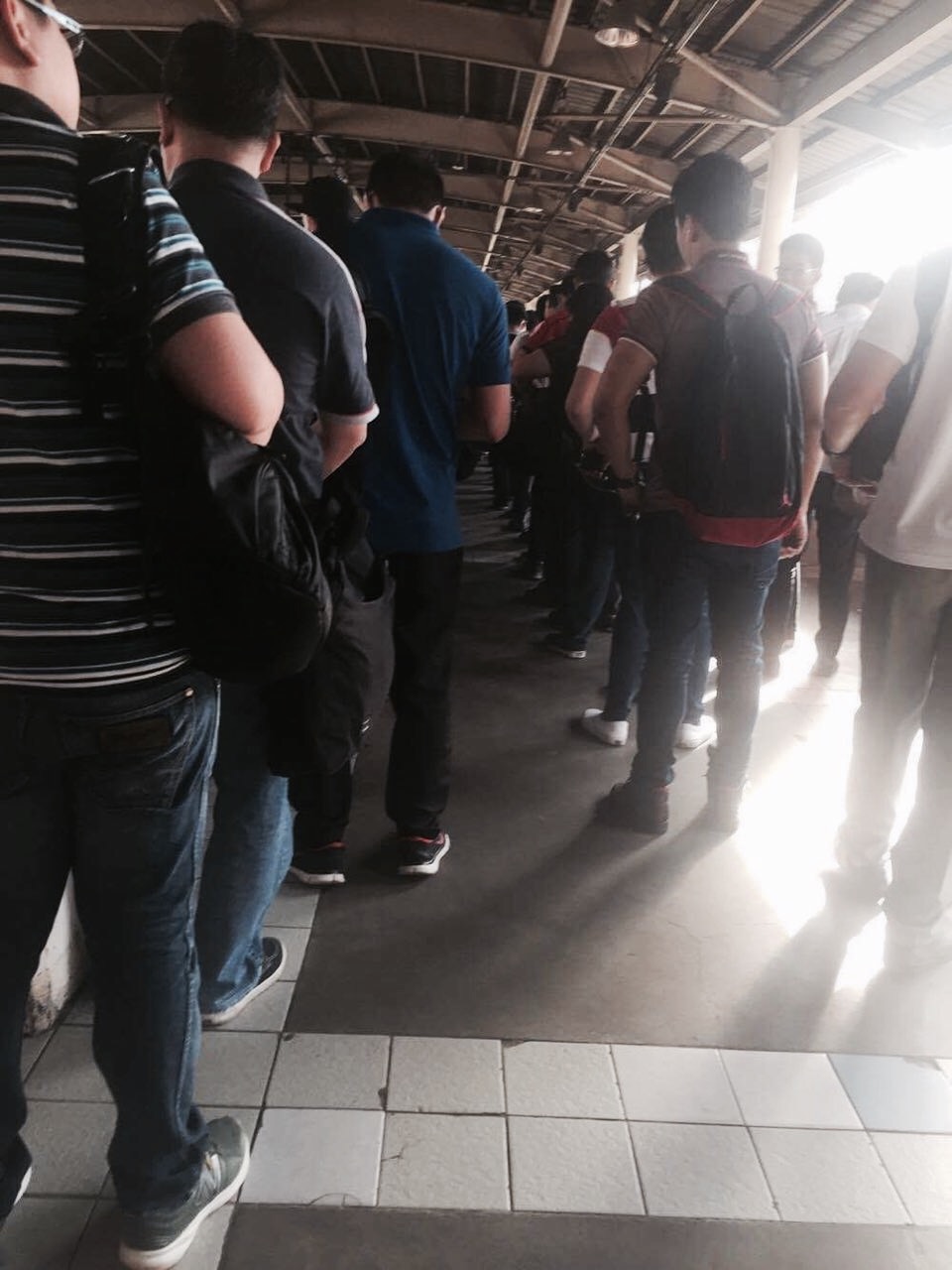
Uploaded on 2017-02-05 by Kiu, Louie Nathaniel
In the city of Manila, transportation is perhaps one of the lingering frustrations of citizens. Our city is not very big, but because neighborhoods and districts were built around roads (and not sidewalks), some form of motorized movement was always encouraged. The LRT-- the city's train system -- does not exist as a subway, but rather, as extrusions from the ground and as intricate floating road-networks-- Here lies the first problem: As roads for the train systems went up, countless neighborhoods have been covered in darkness, littered with noise, and ignored by the little people that would once tread the streets. To add to this, the number of carts available in the stations is far from enough from the millions who use the service everyday. As a result, lines that go all the way down to the road are a common sight. Once in the trains, there would almost literally be no space to move! Of course, when the LRTs fail to serve the needs of the masses, people look to the roads; Statistically, Manila has the worst traffic in the planet-- a 20-min ride could easily become 2 hours of travel! The large, continuous demand for cars cramp up streets along with CO2-emitting jeepneys, tricycles, and old taxis, many of which take up entire lanes for (illegal) parking. More than just the inconvenience of time, this dramatically affects the productivity of the city. Infrastructure, in this case transportation, is an indispensable factor that drives the livability of a city. It's crucial that future cities get it right.